Each periapical x-ray shows a small section of your upper or lower teeth. I Periapical X-ray corroborates the periodontal regeneration in close contact with MTA filling.

How To Take Periapical Radiographs Youtube
Inclusion criteria included periapical X-ray images of permanents teeth and patients aged 14 years old with good sharpness.

. Periapical images have been collected using the FONA X70 Intraoral X-rays machine and PSPIX Imaging Plates. The X-ray tubehead is then aimed at right angles vertically and horizontally to both the tooth and the image. Periapical radiographs provide important information about the teeth and surrounding bone.
A periapical x-ray is one that captures the whole tooth. All radiographs were obtained by digital x. By using a filmsensor holder with fixed image receptor and.
Since the slope and curvature of the dental arches and the alveolar processes will not permit the film to be held close to the teeth. A long cone is used to take x-rays with paralleling exposure techniques. Extraoral radiograph Panoramic X-ray Tomograms Cephalometric projections Sialography Computed tomography 10.
The central ray is directed to pass at a perpendicular angle to both the tooth and the film. It shows everything from the crown chewing surface to the root below the gum line. Periapical X-rays.
Periapical X-rays are used to detect any abnormalities of the root structure and surrounding bone structure. The paralleling technique results in good quality x-rays with a minimum of distortion and is the most reliable technique for taking periapical x-rays. The image receptor is placed in a holder and positioned in the mouth parallel to the long axis of the tooth under.
Occlusal X-rays show full tooth development and placement 9. In these situations the bisecting angle technique may be used. Instruction is provided in the use of dent hammers dent balls and barrels mandrels burnishers and other tools of the industry.
By using a film sensor holder with still. The available bone at the beginning of the study as well as the evaluation of the newly formed bone at the different follow-up visits were measured with periapical X-rays obtained with parallelization devices Rinn XCP rings. Machine learning techniques th e more images in the dataset we.
Periapical radiography is a commonly used intraoral imaging technique in radiology and may be a component of your radiologic examination. Periapical film is held parallel to the long axis of the tooth using film-holding instruments. 50 patients had their periapical dental radiographs taken utilizing the long cone paralleling technique.
Paralleling Technique for Periapical X-rays The paralleling technique results in good quality x-rays with a minimum of distortion and is the most reliable technique for taking periapical x-rays. Viewing the complete crown and the root structure of the tooth enables a dentist to make an accurate diagnosis concerning inflammation caries or bone loss. Periapical X-ray images expor ting results and reading results.
Students learn how to expose dental periapical x-ray film using the Rinn Paralleling Technique using the XCP film holder. The film is placed parallel to the long axis of the tooth in question and the central x-ray beam should be directed perpendicular to the long axis of the tooth. The paralleling technique is recommended for routine periapical radiography but there are some instances when it is very difficult due to patient anatomy or lack of cooperation.
To take a periapical exposure the hygienist or x-ray technician places a small photosensitive imaging plate coated with phosphorus into a sterile wrapper and inserts it into the patients mouth just like a conventional X-ray film card. Periapical X-rays are frequently used because they provide valuable information about a patients teeth and other important structures that include the periodontium. Since the slope and curvature of the dental arches and the alveolar processes will not permit the film to be held close to the teeth.
Periapical film is held parallel to the long axis of the tooth using film-holding instruments. When comparing the two periapical techniques the. Paralleling Technique for Periapical X-rays The paralleling technique results in good quality x-rays with a minimum of distortion and is the most reliable technique for taking periapical x-rays.
Film development and mounting are discussed and practiced. Exclusion criteria were periapical X-ray images of tooth germs or images which have distortion effects. Most frequently used radiography is for the periapical which is performed by the bisecting Thus when considering the execution of the radiographic technique and the possibility of errors that occur during the exposure of X-ray image XR receptors it is important to identify those that occur more frequently.
Periapical radiographic techniques Periapical radiography is designed to give diagnostic images of the apical portions of teeth and their adjacent tissues. Periapical views are used to record the crowns roots and surrounding bone. Different techniques and instruments are used to drain and decompress large periapical lesions ranging from placing a stainless steel tube into the root canal exhibiting persistent apical exudation 202 204 which is non-surgical decompression to placing polyvinyl or polyethylene tubes through the alveolar mucosa covering the apical lesion which is surgical.
The snap-a-ray is used. The extraoral periapical radiographic technique was performed for both maxillary and mandibular teeth using Newman and Friedman technique2. The X-ray head is directed at right angles vertically and horizontally of both the tooth and the image receptor.
A full mouth intraoral examination consists of 14 periapical radiographs with two bite-wing films and provides an image of all teeth and related structures. Parallel technique The image receptor is placed in a holder and placed in the mouth parallel to the longitudinal axis of the tooth under. The Bisecting Angle Technique is an alternative to the paralleling technique for taking periapical films.
X ray films hmdali. The patient was positioned upright with hisher mouth was opened as wide as possible to allow the X-ray beam to pass to the sensor unobstructed from the opposite side of the mouth. The X-ray is taken and the exposed plate is then loaded into a scanner or processor which reads the image.
Students are given a demonstration of panoramic radiology. The paralleling technique results in good quality x-rays with a minimum of distortion and is the most reliable technique for taking periapical x-rays. These x-rays are often used to detect any unusual changes in the root and surrounding bone structures.
The film is placed parallel to the long axis of the tooth in question and the central x-ray beam should be directed perpendicular to the long axis of the tooth.

Periapical Radiography Pocket Dentistry
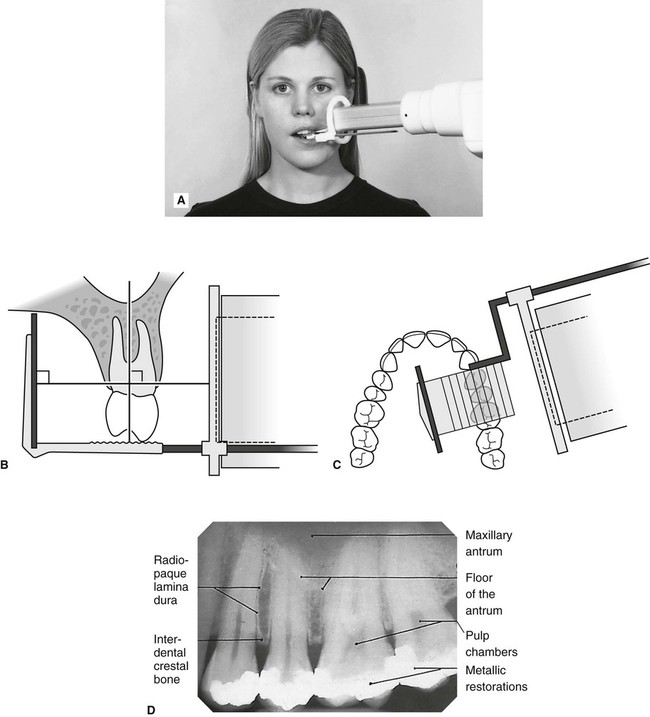
Periapical Radiography Pocket Dentistry

Periapical Radiography Pocket Dentistry
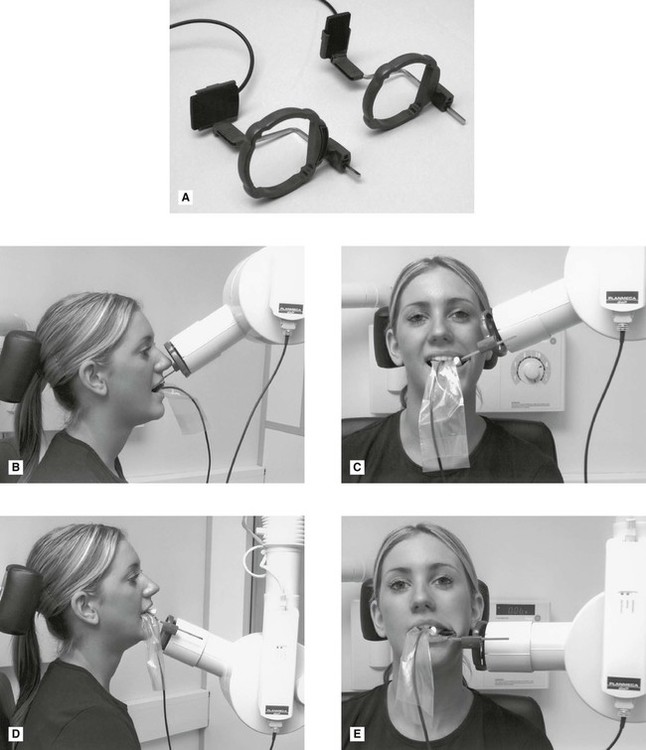
Periapical Radiography Pocket Dentistry
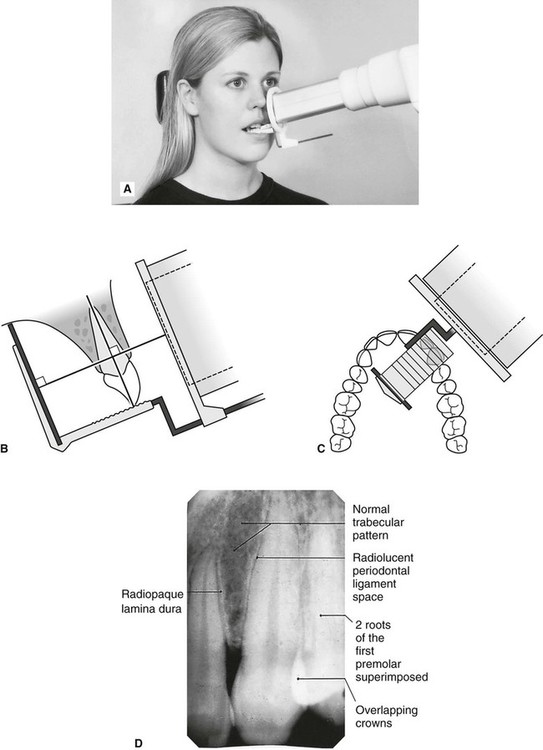
Periapical Radiography Pocket Dentistry
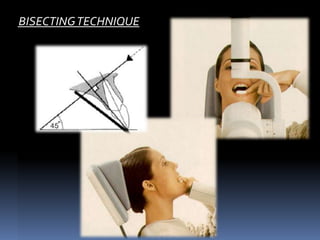
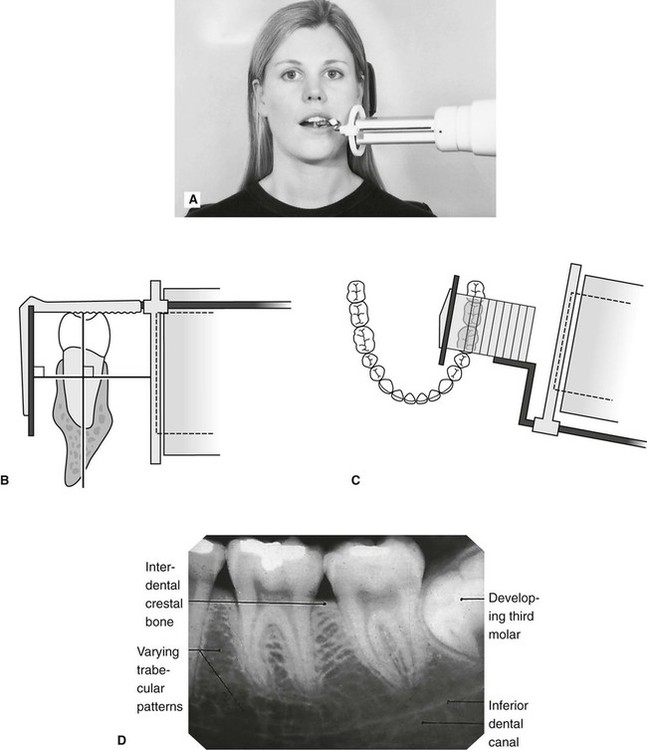
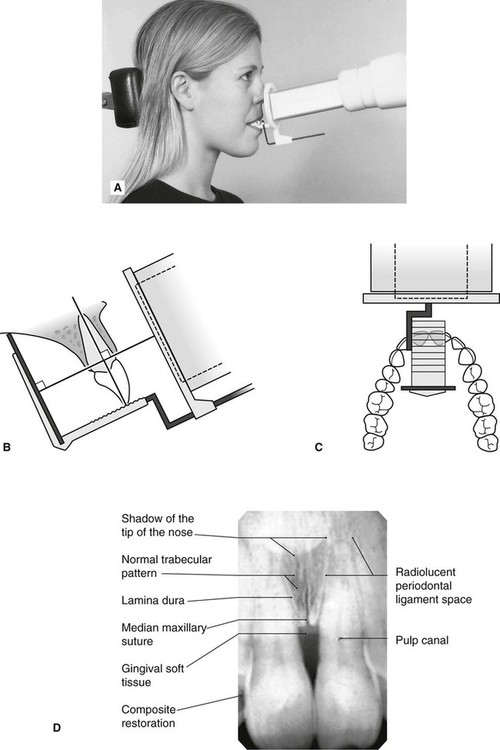
0 komentar
Posting Komentar